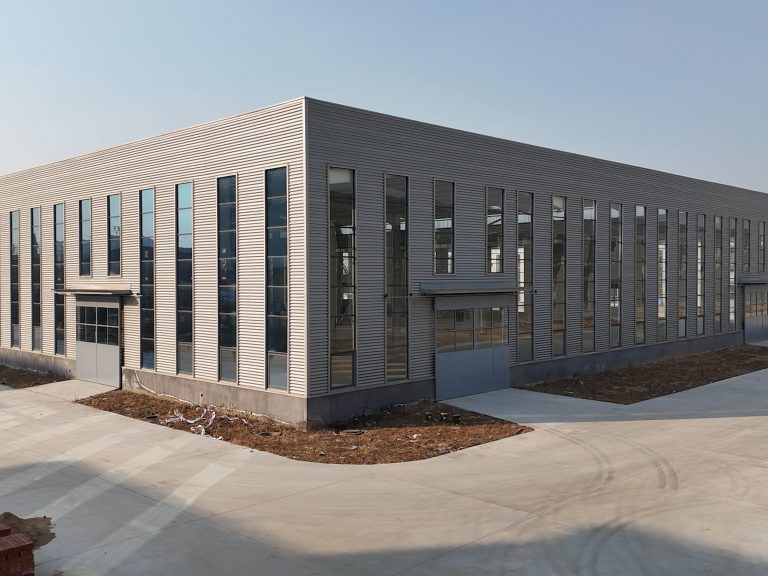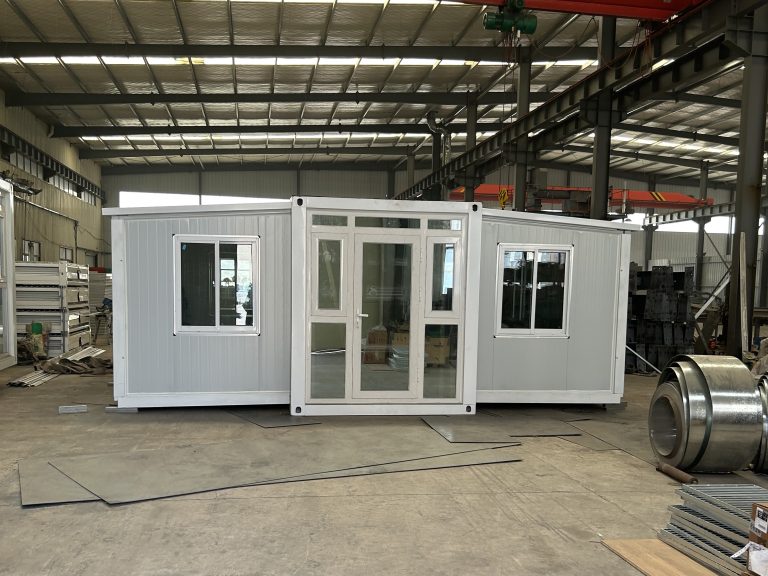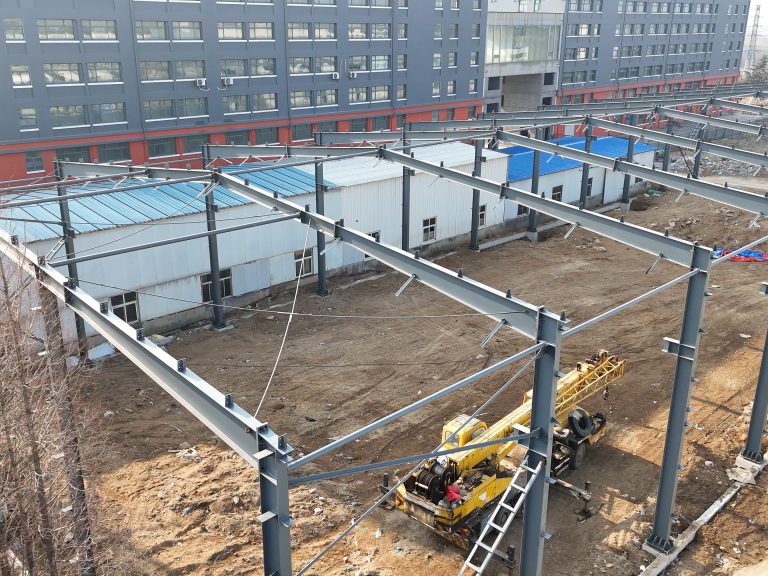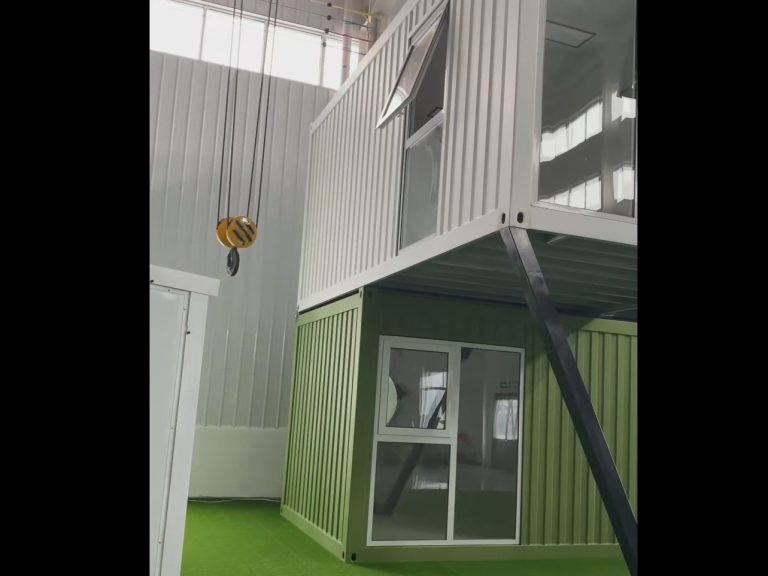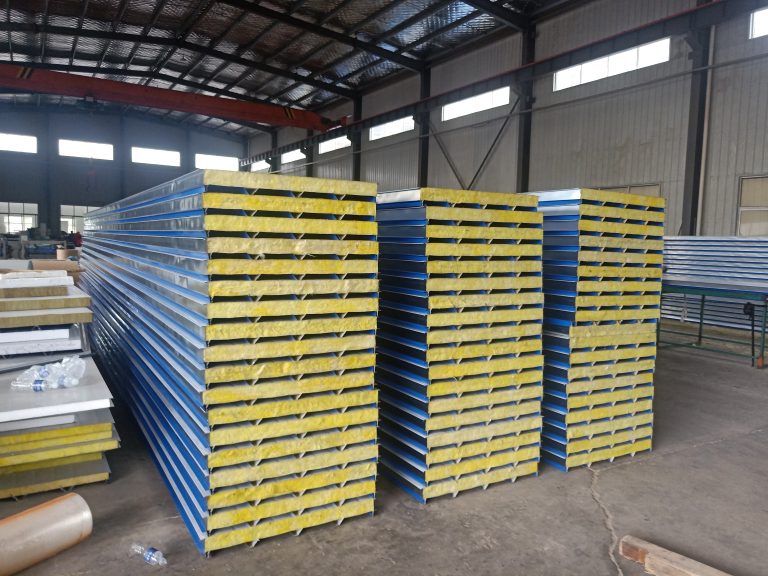Table of Contents
Benefits of Steel Curtain Wall Systems in Modern Architecture
Steel curtain walls have become a popular choice in modern architecture for their sleek appearance and versatility in design. These systems consist of a series of vertical and horizontal steel mullions that support glass panels, creating a seamless and transparent facade. The use of steel curtain walls allows architects to achieve a modern and sophisticated look for their buildings, while also providing numerous benefits in terms of functionality and performance.
One of the key advantages of steel curtain walls is their ability to maximize natural light and views. The large glass panels used in these systems allow for ample sunlight to enter the building, creating a bright and open interior space. This not only enhances the overall aesthetic of the building but also helps to reduce the need for artificial lighting, leading to energy savings and a more sustainable design.
In addition to their aesthetic appeal, steel curtain walls offer excellent thermal performance. The steel mullions used in these systems can be designed to provide high levels of insulation, helping to regulate the temperature inside the building and reduce energy consumption for heating and cooling. This is particularly important in today’s environmentally conscious world, where energy efficiency is a top priority for building owners and designers.

Furthermore, steel curtain walls are highly durable and require minimal maintenance. Steel is a strong and resilient material that can withstand harsh weather conditions and resist corrosion, making it an ideal choice for exterior building envelopes. This durability ensures that the curtain wall system will remain in good condition for many years, reducing the need for costly repairs or replacements.
Another benefit of steel curtain walls is their flexibility in design. Architects can customize the size, shape, and configuration of the glass panels to create unique and innovative facades that reflect the vision of the building. Whether it’s a sleek and minimalist design or a bold and dynamic statement, steel curtain walls can be tailored to suit a wide range of architectural styles and preferences.
Moreover, steel curtain walls offer excellent sound insulation properties, helping to create a quiet and comfortable indoor environment. The steel mullions act as barriers to noise transmission, reducing the impact of external disturbances and enhancing the overall quality of the building’s interior spaces. This is particularly important in urban areas where noise pollution can be a significant issue.
In conclusion, steel curtain walls are a modern expression of architectural appearance that offer numerous benefits in terms of aesthetics, functionality, and performance. From maximizing natural light and views to providing excellent thermal insulation and durability, these systems are a versatile and sustainable choice for contemporary buildings. With their flexibility in design and sound insulation properties, steel curtain walls have become a popular option for architects looking to create striking and efficient facades that stand out in today’s competitive market.
Design Trends and Innovations in Steel Curtain Wall Construction
Steel curtain walls have become a popular choice in modern architectural design, offering a sleek and contemporary appearance to buildings. This innovative construction method involves the use of steel frames and glass panels to create a seamless and visually striking facade. The steel curtain wall not only enhances the aesthetic appeal of a structure but also provides numerous functional benefits, making it a preferred choice for architects and developers alike.
One of the key advantages of steel curtain walls is their versatility in design. The use of steel frames allows for large expanses of glass, creating a sense of openness and transparency in a building. This design feature is particularly appealing in urban environments, where natural light is often limited. The use of glass panels also allows for unobstructed views of the surrounding landscape, further enhancing the overall aesthetic of the building.
In addition to their visual appeal, steel curtain walls offer excellent thermal performance. The steel frames are designed to provide structural support while also acting as a barrier against heat loss or gain. This helps to improve the energy efficiency of a building, reducing heating and cooling costs in the long run. The use of high-performance glass further enhances the thermal performance of steel curtain walls, making them an environmentally friendly choice for sustainable construction.
Another benefit of steel curtain walls is their durability and longevity. Steel is a strong and resilient material that can withstand harsh weather conditions and environmental factors. This makes steel curtain walls an ideal choice for buildings located in areas prone to extreme weather events, such as hurricanes or earthquakes. The use of steel frames also allows for easy maintenance and repairs, ensuring that the facade remains in top condition for years to come.
Steel curtain walls are also highly customizable, allowing architects to create unique and innovative designs. The flexibility of steel frames allows for creative shapes and configurations, giving architects the freedom to experiment with different patterns and textures. This level of customization allows for a truly bespoke design that reflects the vision and style of the architect.
In conclusion, steel curtain walls are a modern expression of architectural appearance, offering a combination of aesthetic appeal, functionality, and sustainability. Their versatility in design, thermal performance, durability, and customization make them a popular choice for contemporary buildings. As the demand for innovative and sustainable construction methods continues to grow, steel curtain walls are likely to remain a prominent feature in the architectural landscape. Whether used in commercial, residential, or institutional buildings, steel curtain walls are sure to make a lasting impression on the built environment.

